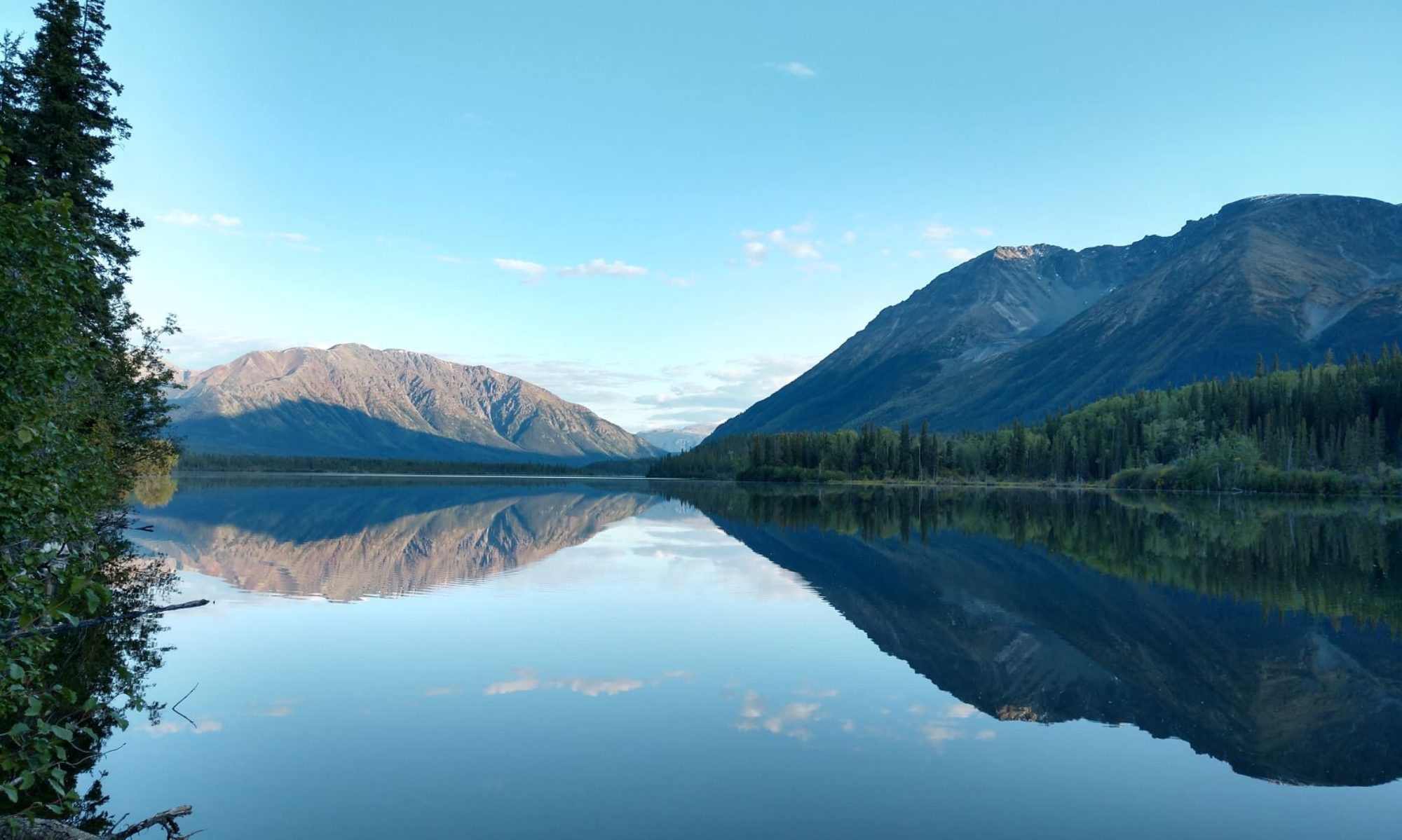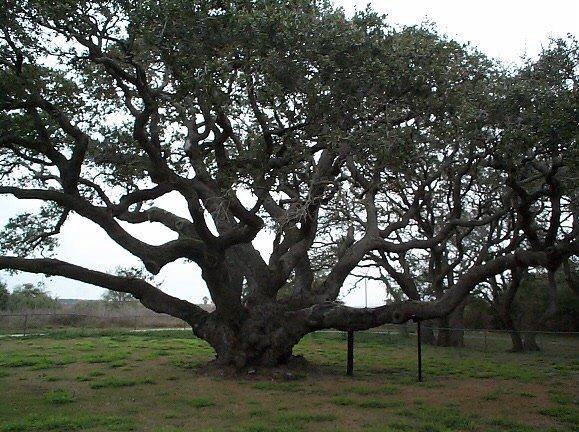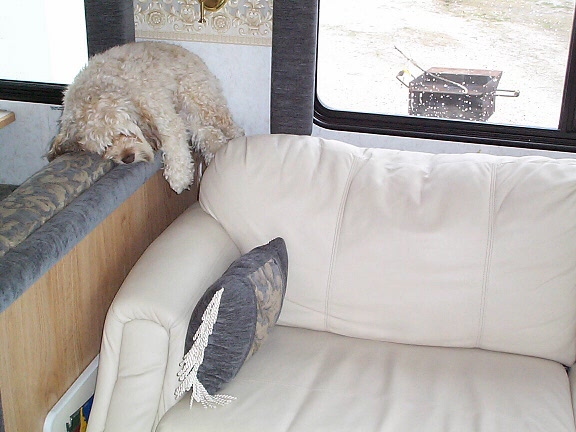Put on your long sleeves and long pants. We’re going out on the boat. The Wharf Cat. The Whooping Crane tour. It leaves from the Rockport Harbor. We can stay inside where it’s warm and look out the glass if we want, but we never want. We end up out on the deck in the wind, watching the birds, and enjoying the ride. We enjoyed the ride. The boat cruises north up the intra-coastal waterway, which passes right through the Aransas National Wildlife Refuge, the winter home of the whooping crane. The summer home of the whooping crane wasn’t even known until the 1950s. It’s way up in the Arctic Circle, in a Canadian National Park, which had already been set aside for the preservation of the Wood Buffalo. Wood Buffalo National Park. In their winter home, they split up into family groups, two adults and one chick. The chick is big, it has already migrated thousands of miles to get from the arctic breeding grounds to its winter home, but it still wears the brownish juvenile coat. Family groups always consist of either two adults, or two adults and a chick. They lay two eggs, but only raise one chick. They start incubation as soon as the first egg is laid, so the first chick gets a big head start on the second one. The second egg is just a back-up. They never raise more than one chick. Except this year. This year there is a set of twins. Only the third time ever, that twins have been recorded. We didn’t see them from the boat, but Dovie’s daughter is a wildlife photographer. Dovie gave us one of her daughter’s pictures of them. The entire whooping crane population was down to a count of twelve, they say. They were within just a year or two of total extinction. Now there are several hundred. I thought there was a critical mass for species, below which there was not enough variety in the gene pool to support a healthy population, or a comeback from the brink of extinction. I have heard that discussed in regard to the endangered Florida Panther that inhabits the disappearing swampland there. I guess that rule doesn’t apply to whooping cranes. A healthy population of hundreds inhabits the planet now. Reestablishing a breeding population was only part of the battle. They are still vulnerable. One hurricane could wipe out the entire flock. That’s what happened to the Louisiana flock. But once a bird is conditioned to migrate to one location that’s it. You can’t just tell them to go somewhere else. Researchers have been making good use of that extra egg. The backup. After several well-intentioned, failed efforts, there are now three flocks of these cranes in the world. Winter homes in Texas, Louisiana, and Florida. We saw several family groups. We got a twenty-minute look at a family not fifty yards away. They’re not spooked by the boat at all. As long as we all stay on the boat, it can pull right up on the bank next to them. Enough about cranes. Enough about birds. We’ve done it. We’re completely birded out. No more birds. Chatted with a guy on the boat. He has a hobby, in addition to birding. He commented that this vacation was unusual for him. He usually drives a lot more. What is his usual vacation? Visiting every county in the United States! I mean to visit every state. I never thought to aspire to visiting every county. He says he’s about 40% of the way there. It’s getting more difficult though, because he has to drive over 800 miles just to pick up a new one. When he found out where we were from in Colorado, he said: “Aah. Boulder county. Nice place.” Talked to another guy. He just moved here. He used to live on the Florida Panhandle, Fort Walton Beach, but he made a mistake. His job moved to Virginia four years ago. He went with it. When he tried to move back, he couldn’t buy his house. Now it costs twice as much as when he left. He moved to the Texas Coast instead. It’s more affordable here. Still had to go look at the ducks. We’re through birding, but we couldn’t let Fulvous Ducks pass. Drove back to the pond where we saw them yesterday. They weren’t there. Looked all over. No whistling ducks anywhere. We gave up and drove back to the park. Stopped at the gas station to look at something, and there were whistling ducks, in the air, swirling all around us. We watched them land in the bay. We drove around and found a vantage. Two hundred black bellied whistling ducks. We looked at all of them. No Fulvous Whistling Ducks. This was a different flock. Just before dark I went back out to look at the ducks again. The flock of two hundred whistlers was still there. Still no Fulvous. Drove the back roads looking at ponds. Found the flock from the day before. Examined every duck there. Mostly whistlers, but there was a Mallard. There was a Mrs. Mallard. And there. A duck that looked different from the back. His back was black. Fulvous ducks have a black back. It was the longest time before he would turn around for me to see his bill. A bright orange bill and it’s a black-bellied whistling duck. A gray bill, and it’s a Fulvous whistling duck. That’s it! Gray! Another new bird. I never expected the see this one here. That’s enough. A break from the birds. Took a walk on the fishing pier here at the campground. It’s an old wooden pier, about a quarter of a mile long. It hooks way out into St Charles Bay. Night herons stand on the rails. Nine o’clock at night, only one other person there. Fishing. We watched him fish for a while, and watched the surface of the water start to boil. There were fish popping the surface all over. We’ve never seen that before. Not in salt water. It was speckled sea trout eating something. It looked like there was a hatch on, but there were no bugs. Guess there can be other kinds of hatches. It could have been minnows. It could have been shrimp. Who knows? But it looked like a hail storm out there. We watched him catch several fish, but none were quite the required fifteen inches, so they all got tossed back. Nice looking trout, though. The Big Tree. It is a thousand years old. Forty feet high and eighty feet wide.


